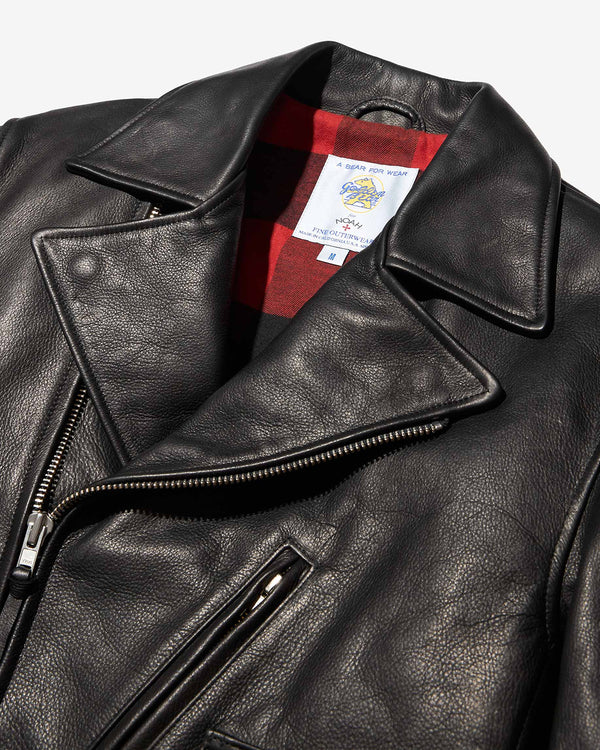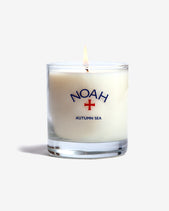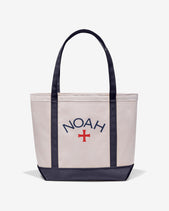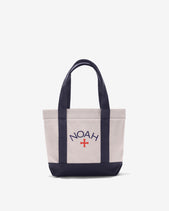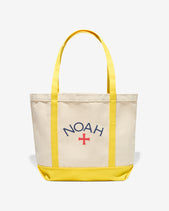
In 1310, a French cobbler was sentenced to death for wearing stripes. At the time, stripes were considered sacrilegious clothing, commonly associated with prostitutes and executioners. There was even a group of monks who dressed in striped cloaks that were often persecuted against, and in 1295 Pop Boniface VIII banned all religious orders from wearing striped clothing of any sort.
The checkered history of stripes is well documented in Michael Pastoreau’s book: The Devil’s Cloth: A History of Stripes and Striped Fabric. Outside of religion, stripes were associated with lepers, heretics cripples, circus performers, and condemned people. Medieval authors even considered naturally-striped animals like the zebra as part of “Satan’s bestiary.”
Pastoreau thinks this early aversion to stripes possibly came from two places. The first being old Bible verses banning people from wearing “a garment that is made of two.” The second is that in medieval times, it was taught to read images by sorting them into foreground and background layers. So stripes, with their alternating colors, could have blown their minds in trying to comprehend them.
By the 18th Century, a lot of the anti-stripe sentiment had died down. During the American and French revolutions, stripes were trending beyond clothing and into home interiors. In early-1800s France, it was considered luxurious to have an Egyptian striped tent set up in the living room for guests.
One of the differences here is the stripes that got you killed in the Middle Ages were horizontal, but the new stripes considered fashionable were vertical. That distinction is often seen in prisoners with bold horizontal stripes, and bankers with thin pinstripes on their suits. But when you think of how many crimes have been committed by the latter, and how many of the former have been falsely imprisoned, the perception is very ironic.
 David Hockney at the mirror
David Hockney at the mirror
Stripes have been and will continue to be a big part of what we do here at Noah, both as outlaw uniform and part of the classic American wardrobe.











